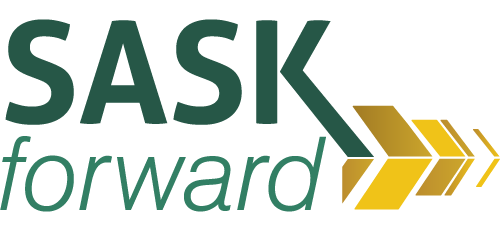Women disproportionately fare worse than men under conditions of austerity.
Of course, women aren’t a unified group with internally coherent identities, and women don’t experience inequalities in the same ways. Indigenous women, women of colour, new immigrant and refugee women, settler women, queer women, trans women and non-binary folks, women with disabilities, working class women face various forms of inequality and have different priorities, challenges, and ambitions.
Broadly speaking, gender-based social and economic inequalities are exacerbated by austerity. When the government makes cuts to education, affordable housing, health care, social service, and legal aid, care is re-privatized, women’s unpaid labour is entrenched as a normal course of action, and conditions of poverty and precarious labour are intensified. The unpaid work required to make up for these services puts women in a position of having to pick up the pieces, often at a huge cost.
In Saskatchewan, the gendered implications of austerity are substantial. This province has some of the highest child poverty rates in the country, at 24.6%. On reserves, they’re a staggering 69%. This ongoing colonial legacy means that cuts to health, education, affordable housing, social services, and legal aid only intensify the demands on family networks, and women in particular.
We cannot accept gender inequality in this province.
We need an intersectional governance approach that builds social infrastructure, rather than undermines it. We need a progressive childcare strategy and equitable parental leave structures; a poverty reduction plan and a housing strategy; uninhibited access to health care – including reproductive and sexual health – in the North and rural communities; equal funding for on-reserve education and child and family services; provincial transportation networks that improve access to services; universal access to higher education; flexible job training programs; compassionate and responsive elder care and long-term care; and a $15 minimum wage.
But how can we ensure such goals are consistently pursued at the highest decision-making levels?
One transformative possibility is to create a permanent, independent office of gender mainstreaming that ensures that principles of intersectional gender equality are present in all legislation, regulations, and policies. Gender mainstreaming, an approach to building in gender equality lenses into government offices, units, and agencies, would ensure that all governmental decisions (on policy, budgets, taxation, and so on) promote gender equality.
Sweden serves as a great example of a jurisdiction where gender mainstreaming has been supported and implemented in all aspects of governmental work. In the 1990s, the government of Sweden passed a bill that “clarified the responsibility of the government agencies to implement the Government’s gender equality policy in their activities.” Gender policy expert groups and committees work with all government agencies to shape the ways that policy and regulations respond to the overall goal of ensuring “that women and men have the same power to shape society and their own lives.” (Check out Sweden’s gender mainstreaming manual and this video of the ways that gender mainstreaming has affected services like snow ploughing.)
An intersectional, outcome-oriented approach to gender mainstreaming would demand interventions in those policies and laws that perpetuate this province’s colonial past and present, and class-, race-, sexuality-based inequalities. These discussions need to happen at each step of the policy- and regulation-creation process. If every governmental agency and office were accountable to a mandate of gender equality alongside its other work, maybe we would see an end to austerity logic as a default approach to deficit reduction.

